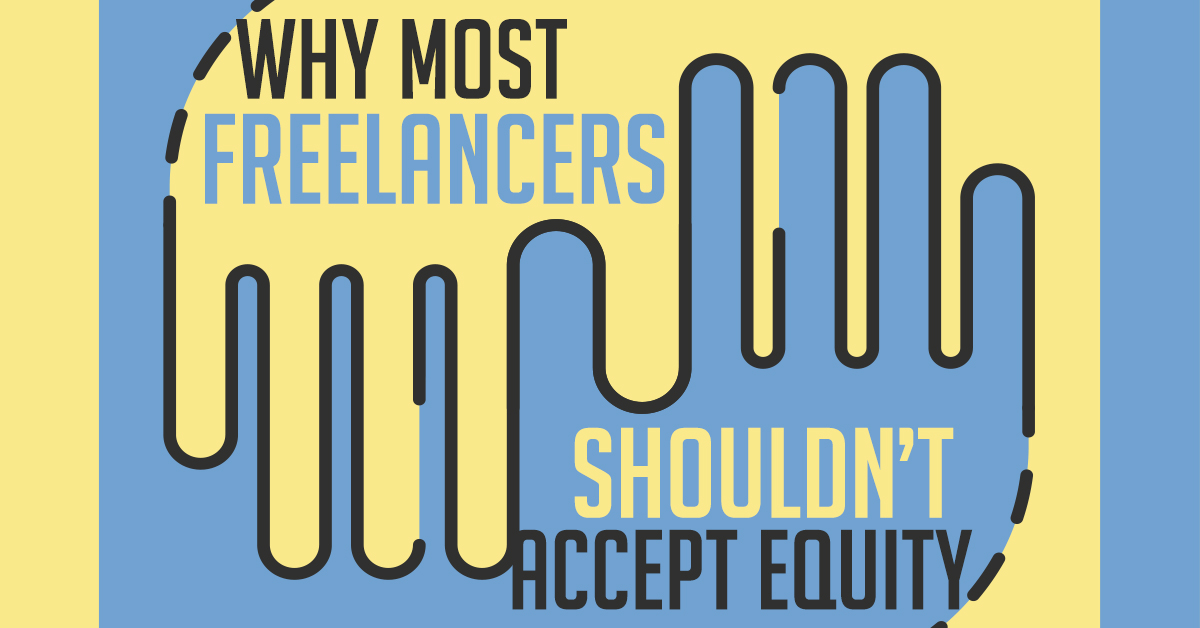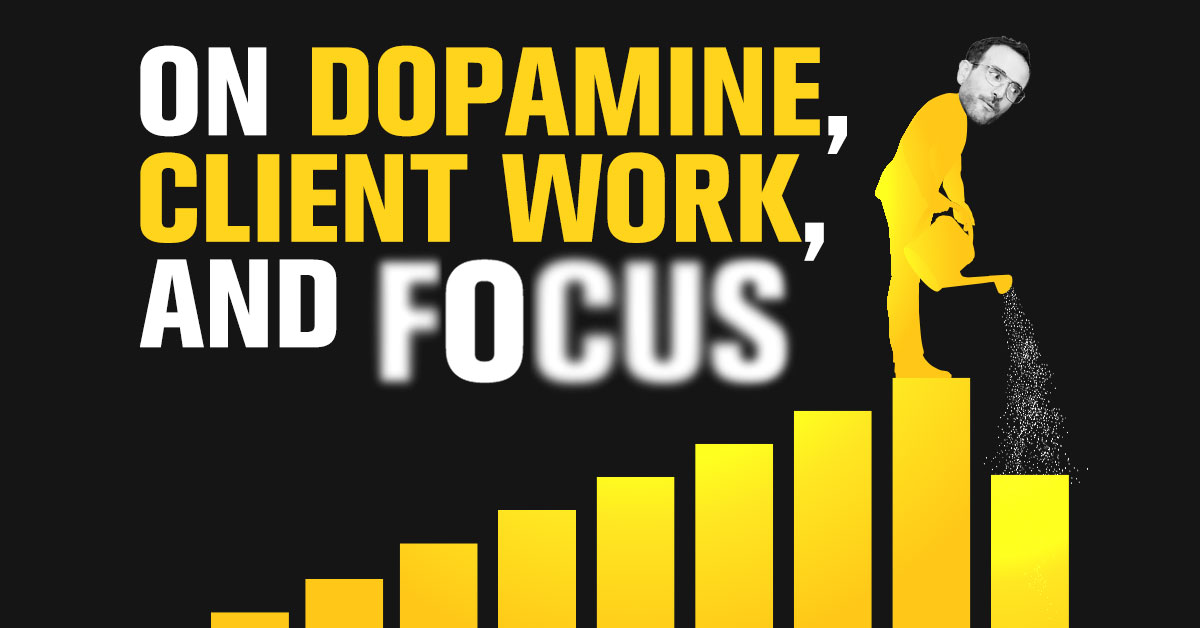It’s a bold step to become a freelance copywriter, but the freedom, flexibility, sky’s-the-limit earning opportunities, and sense of fulfillment are hard to match. To help you negotiate contracts that will be advantageous for both you and your clients, we polled freelancers from a variety of industries. Read on to get their recommendations.

Danny Seetaram
Danny Seetaram is a former senior manager turned business owner. After the covid lockdown began, Danny quit his corporate job and followed his passion where he founded Brownguytheory Photography.
Table of Contents
Cancellation clause
Aside from rates, it's very important to outline ownership and/or copyrights. For example, I did a photoshoot for an agency and they have access to my photos. I clearly outlined in the contract the photos are my property but I give permission to publish them as long as I'm credited.
It's also important to understand and outline what the client is expecting and what you can deliver. If my client and I agree to 5 edited photos of 10 models then that's what I deliver. If I know I cannot deliver what they want then we negotiate until we both agree and that goes into the contract. This makes both parties aware of what to expect and eliminates any surprises.
Adding onto that, you need to have a clearly defined timeline of what will happen and when said things will happen. If I give my client a turnaround time of two weeks I need to make sure I can deliver.
There are many other things needed in a contract, but something I always include is a cancellation clause. As much as both parties are committed, sometimes things happen. This is to protect everyone. If I break the contract for any reason there have to be ramifications. (Whether rescheduling at a lower rate, etc.) The same applies if the client were to break the contract.
Secure yourself by stating clearly your views
Over the course of the project, a freelance worker discovers either opportunities for longer work terms or problems that can dissolve the project unexpectedly. Secure yourself by stating clearly your views on the following in your contract:
1. Scope of work
Identify specific deliverables and target milestones that match the third party's payment promise and other conditions.
2. Payment conditions
Include options for modifications or revisions and express the payment terms for it. Quantify for clarity.
3. Termination options
If the project deviates from the agreed scope of work, [state] your intent on how you will accomplish the remaining deliverables and the obligation of your client to your completed work on the agreed final date.
All things considered, remember to present your bargain in a way that your client also benefits from it.

Sandra Henderson
Sandra Henderson is a love and dating coach and a Licensed Professional Counselor at LifeHacks.

Yurii Brown
Yurii Brown is the ‘top bean’ (founder) at Coffee Geek Lab. After years of home brewing as a hobby, Yurii decided to obtain his certificate to become a fully qualified barista.
Things that must be defined clearly
Based on my experience as a freelance digital marketer, these are the things that must be defined clearly in a freelance contract:
1. Role
The contract must stipulate the deliverables, deadlines, and responsibilities correctly. It must match the payment terms and milestones that both parties agreed on.
2. Payment terms
The output quality is often affected by apprehension on how credible the buyer or client is. Hence, asking for 25-50% payment upfront is acceptable. Also, the contract must include decisions regarding unforeseen expenses and delays.
3. Ownership
As a freelancer, building your portfolio by placing your previous works is not acceptable unless your client permits you to include materials that do not affect their business. Nevertheless, it never hurts to ask the client or the buyer.
Include these two important points
On top of basic conditions in a freelance contract such as the scope of work, payment, and termination terms, freelancers must not forget to protect themselves by including these two important points.
Limitation of liability
A clause that states that neither party is responsible in case the contract was breached because of unexpected incidents that cannot be resolved by both parties.
Indemnity
This is helpful for freelancers who deliver work products that affect customers directly. This will help you define clearly in the contract your role and extent of liability and get rid of the financial burden caused by the other party.

Stephan Jacob
Stephan Jacob started BestForAndroid in 2016 to build an active community for Android users and create a platform where he can share all the knowledge about the Android OS that he has gained over a decade.

John Brieger
John Brieger is a board game developer based in Sunnyvale, CA with a background in qualitative research. He runs Brieger Creative, an independent studio of boardgame developers specializing in helping publishers and license holders turn prototypes into marketable products.
Aside from rate – rights, crediting and portfolio use.
I'm always paying careful attention to how rights are transferred when a project finishes. I usually work for hire, so the client will own all the work at the end of a job. However, I nearly always negotiate a license to use the work, the client name, and public marketing materials for the product. Using past work to promote myself and my studio is a HUGE part of how I get new clients and sell the value of our services.
Along with the ability to use work for promotion on my side, I try to contractually guarantee to credit on or in the product, whether that's packaging, instruction manuals, or a footer or about page on a digital product. That way, the product itself works as a marketing tool if someone in the market for a freelancer is looking at it. As a bonus, that serves as a piece of “proof” that my portfolio is real – potential clients can verify past projects by looking at the final product. This isn't always possible, but my studio charges a higher fee for uncredited work.
Something new I've been trying on select projects is offering clients a discount for going beyond the minimum on crediting — if they include our logo at a minimum size in a prominent place, they receive a small discount on their final invoice.
This is a crowdsourced article. Contributors are not necessarily affiliated with this website and their statements do not necessarily reflect the opinion of this website, other people, businesses, or other contributors.




0 Comments